

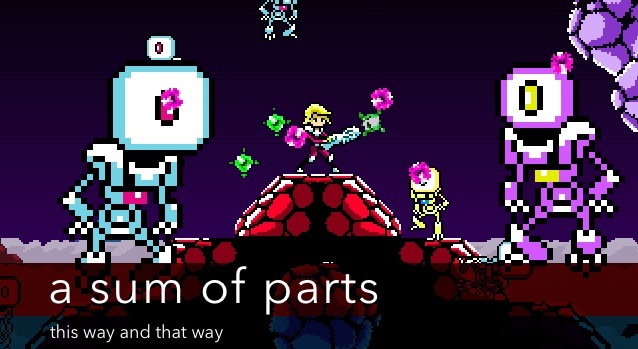
Touch and gesture controls are often held up both by and for those not confident with typical gamepad or keyboard/mouse controls as the future of videogames. They are easier to learn, therefore they are, apparently, better. Instead of learning all kinds of complicating button and thumbstick combinations, you simply have to flick a wrist or touch the right part of the screen, and what you want to happen happens. They are more intuitive, so they are better.
Of course, this argument is ridiculous. Easier does not necessarily mean better. If this were the case, picture books would all, by default, be better than novels, which is absurd. That is not to say, though, that the opposite is true, that all novels are better than picture books. There are magnificent examples of each form used powerfully and evocatively. Similarly, both gesture-based and button-based controls can create meaningful videogame engagements. Arguing that either is better than the other is absurd. They are just different.
The touchscreen allows for an infinite number on control inputs between mimicry and translation.The multi-touch screen of the smartphone is different, though. It's not necessarily the mimicry of gesture controls (where what the player does is what the character does) but neither are they the translation of button controls (where the player does one thing and it is translated into a connected but different action of the character). They can be either, neither, both. The touchscreen allows for an infinite number on control inputs between mimicry and translation.
Whereas twenty different games all using the same Xbox 360 gamepad are going to have a lot in common (left stick will move the avatar, right trigger will probably shoot, start will go to a menu), a touch of an iphone screen can mean anything. In Angry Birds, it is more mimcry, the finger 'actually' pulling back the slingshot on a certain elevation and letting go. In countless games, touching will press a fake, translative virtual gamepad displayed on the screen.
Games like Ziggurat do something much rarer: asking for one kind of distinctly touchscreen kind of input, and translate this input into an entirely different action. This is perhaps what makes Ziggurat so distinct from other iphone games, but it feels so intuitive and sensical that is also easily forgotten.
In Ziggurat, the Last Human Alive is controlled by sliding a finger or thumb across the bottom of the screen. Sliding from left to right changes the elevation on which they hold the laser rifle. Touch towards the edge of the screen, and The Last Human Alive will aim down the slope of the ziggurat. Slide your finger back towards the middle of the screen and they will slowly raise the rifle up. Once your finger is in the middle of the screen, the gun will be pointing straight up and, as you slide out towards the other side, it will aim down the other slope. Meanwhile, as you aim the gun charges, and it is fired by being released, not by being pressed.
This control scheme keeps the player's fingers at the bottom of the screen, obscuring nothing but the front of the ziggurat itself, not concealing any of the world. Ziggurat's control scheme can give an intuitive of mimicry no gamepad with finite buttons can hope to achieve, but also allows for an amplification only allowed by translation. That is, in a mimicry game, swinging an arm can only ever represent swinging an arm. In a translation game, pressing a button can do anything from shoot a rifle, jump, destroy a planet, make love, whatever. In Ziggurat, the translation of the touchscreen to the character’s arms keeps the player's fingers out of the road and give the sense of actually firing a supercharged energy rifle, not just flicking a swing shot.
Ziggurat is a smashing together of control types, accentuating the strengths of each. It exemplifies the flexibility and malleability of the touch-screen interface: not useful just for simple little inputs, but for intricate and fine-tuned translation inputs, even without buttons (either actual or fake).
To not make too big a claim, Ziggurat sits atop the peak of everything videogames have ever been and done. As the two slopes of the ziggurat smash together at the feet of the Last Human Alive, the inevitable domination of technology present in games since Space Invaders and Missile Command smashes into the compelling narrative progression of later games. The infinite pleasures of translation inputs smash into the intuitive accessibility of mimicry inputs. The ziggurat that the Last Human Alive stands on is, really, atop a foundation of everything videogame have taught us. Fighting off the alien robots that killed everyone else, the Last Human Alive shows us just how far we've come. And just how much further we can still go.
Okay. I'll shut up about Ziggurat now.

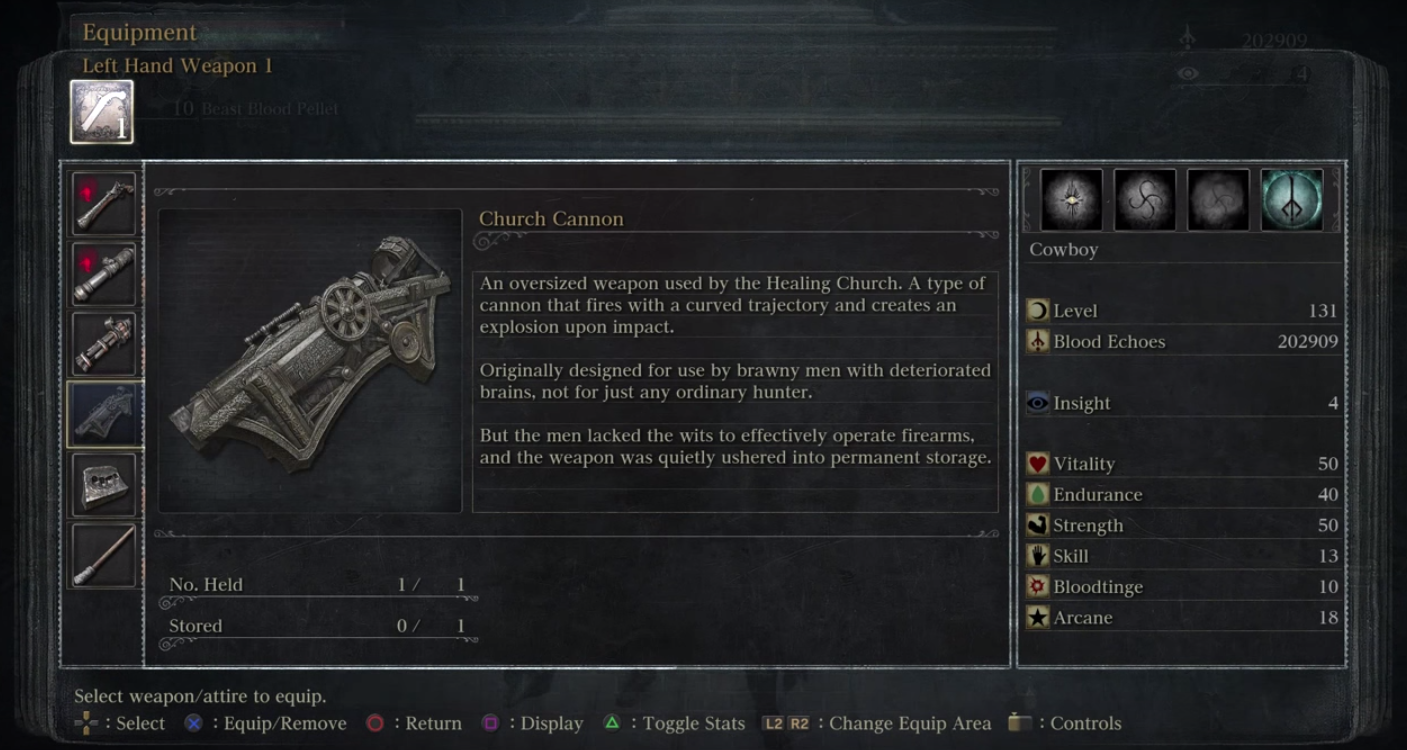

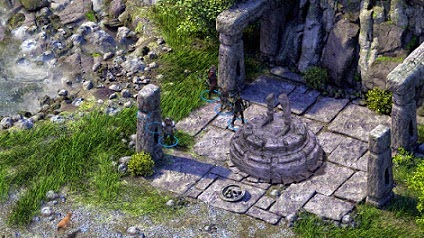
 Star Wars Battlefront strategy guide, tips to level up faster
Star Wars Battlefront strategy guide, tips to level up faster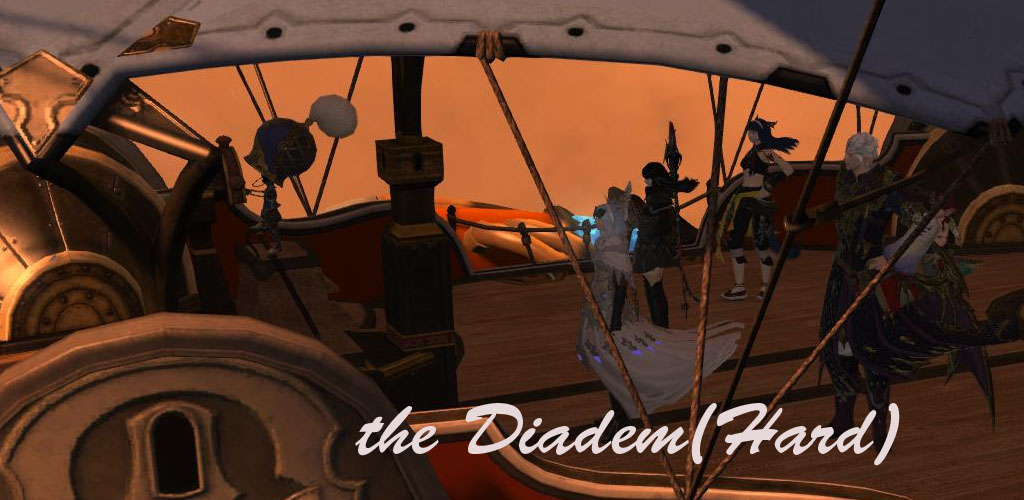 FFXIV: Everything you need to know about the Diadem(Hard)
FFXIV: Everything you need to know about the Diadem(Hard) How to Unlock All Characters in WWE 2K15
How to Unlock All Characters in WWE 2K15 Fallout 4 - Locations of all 14 Astoundingly Awesome Tales
Fallout 4 - Locations of all 14 Astoundingly Awesome Tales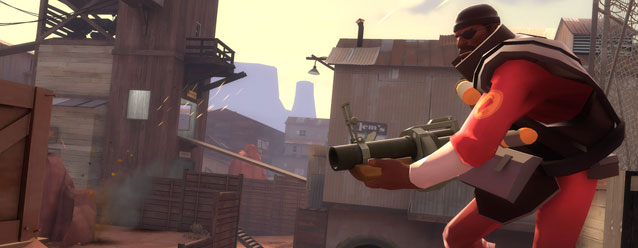 Easy Collectors Guide for Team Fortress 2
Easy Collectors Guide for Team Fortress 2